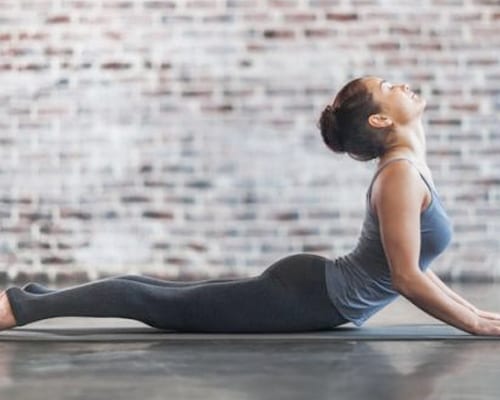


Stretching is important in improving muscle development, range of motion, and posture. There are two main types of stretching: static and dynamic. Dynamic stretching involves moving the limb actively through its range of motion to the point where the limb is at its greatest range of motion and then returning it to its original position. Static stretching is when you place a limb at its greatest range of motion and then hold it there for varying amounts of time.

Recently, dynamic stretching has become the more popular form for a warm up. When static stretches are performed prior to exercises that require more explosive movements such as jumping, sprints, muscle strength-endurance performance, balancing, or reaction time, it has caused a decrease in performance. In addition, research has shown that static stretching does not decrease the risk of injury if performed prior to a workout. On the other hand, dynamic stretching has been shown to decrease risk of injury, slightly increase exercise performance, power, and agility when performed prior to a workout. The increase in performance and decrease in injury risk is related to an increase in temperature, decreased stiffness in joints and muscles, and increased transmission rate of nerve impulses.
While static stretching prior to exercise causes negative acute effects, long-term static stretching post exercise results in positive effects. Static stretching is important for reducing the risk of injury, increasing flexibility, and improving recovery time from workouts. The effects of stretching begin to reduce fifteen minutes after stretching but flexibility still remains above the starting point and remains at the level for at least 24 hours post-stretching. The duration of the stretch determines the effect of the stretch. If you hold a stretch for 5 seconds or 15 seconds it will have the same effect on passive range of motion, but there will be a significant improvement in the active range of motion when you hold a stretch for 15 seconds. Holding a stretch for 30 seconds is best and increasing that time will not provide any additional benefits.
Stretching can even be useful at work. When you are sitting for extended periods of time, your joints become tight and stiff which can eventually become painful. Stretching can decrease pain due to its analgesic properties. It is important to note that stretching without exercising can be detrimental to your healthy. Stretching can lead to joint instability, which needs to be counteracted by strength training. Therefore, make sure you spend at some point during your day working out.
Prior to starting a stretching regimen, consult with a personal trainer or physical therapist so they can walk you through safe and effective methods.
What are you waiting for? Get started with in home personal training and reach the goals you’ve always wanted!